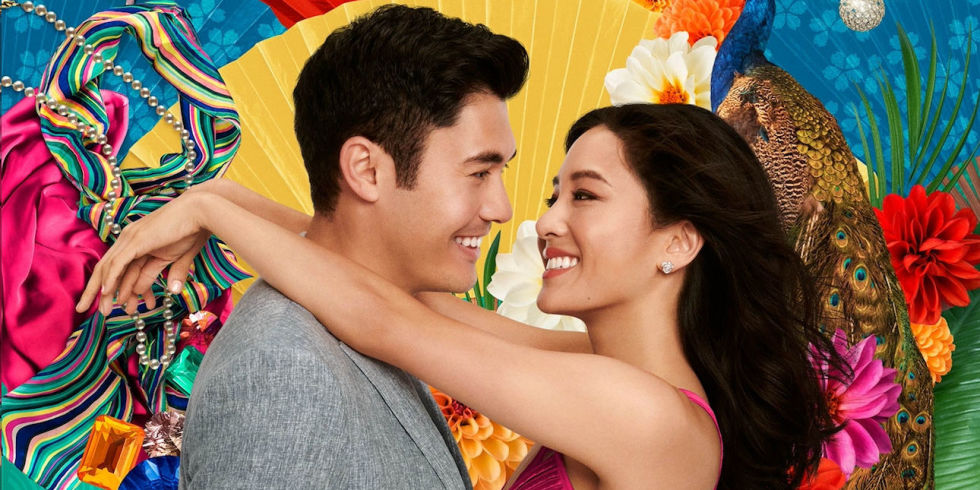I watched the trailer for Crazy Rich Asians between my fingers, a metre away from the screen, ready for Scarlett Johansson to jump out like a demon in an early-2000s internet screamer.
She didn’t, and months after the trailer’s release, I was treated to two hours of high fashion, eye candy, and a ton of laughs. A stellar cast told the story of American-Chinese Rachel Chu (Constance Wu)’s visit to Singapore with her boyfriend Nick Young (Henry Golding), who unbeknownst to her is the island-state’s most eligible bachelor. Hilarity and tragedy ensue as Rachel maneuvers the elite circles of Singapore’s old money in the quest for Eleanor Young (Michelle Yeoh)’s approval. Filmed against the beautiful backdrops of urban Singapore and Malaysian jungle, this refreshing rom-com was definitely a movie highlight of the year.
Author Kevin Kwan and director John M Chu had to walk through fire to bring this film to its success. In the early stages of development, an offer from Netflix promised more money and creative freedom, and one producer pushed for a white female lead. Kwan and Chu turned them both down because the film was tasked with a purpose – that purpose was demonstrating that whiteness is not a prerequisite for breaking a box office.
Watching the movie was a cathartic experience for many people, including myself. I distinctly remember, sometime in primary school, being genuinely shocked to see my black-haired, brown-eyed reflection in the mirror. For much of my childhood, everywhere I looked, nobody looked like me. Being Australian-Chinese, with half my family hailing from Singapore, the film spoke to me on a personal level. There was no sole punchline – or villain – or Kung Fu Master-Asian, no typecast or quota to be filled. The film stood on its own legs of contemporary merit and it was the first time I was happy with the way my ethnicity was portrayed on-screen; the first time a movie left me feeling proud of my heritage.
I messaged my Singaporean cousin after seeing the film, but to my surprise, she wasn’t half as thrilled as I was, telling me she initially dismissed the ads as part of ‘some wacky government tourism plug’. The film, despite topping opening weekend sales in America, hardly made the same impression in Singapore. Over there, the idea of crazy-rich is not a fantasy – it’s a reality of the inequality that favours the Chinese over the Malays and Indians that constitute the remaining 25% of the demographic.
South Asians are only seen as guards and domestic workers in the film, and this observation has become a springboard for arguments about real representation. Singaporean-Indian writer and activist Sangeetha Thanapal is one of the many voices speaking out against the film’s glamorization of ‘Chinese Privilege’. She has openly discussed the racism that has been woven into Singaporean politics and economics. This backlash begs the question – is the film merely recycling the ‘white lead, Asian waitress’ model into an East- vs South East-Asian context?
While such statements have had the positive effect of igniting conversation surrounding Singapore’s social issues, I don’t believe them to be valid criticism of the film. Kwan’s book was inspired by his childhood memories, being from a wealthy Singaporean Chinese family. It wouldn’t make sense to dismiss his own experiences, and their role in inspiring the story. Chastising the film for not including South Asians would be ironically calling for the tokenism that this film works to eradicate. Singapore TV has no shortage of representation and it’s important to remember that this film wasn’t made for Singaporeans. It was made for Asians in Western societies who grew up with white Hollywood on the big screen.
When it comes to changing Hollywood, baby steps are key. Critics claimed the film reduced Asianness to a typical blockbuster palatable to Hollywood audiences. Viewers complained about Henry Golding not being Asian enough with his half-British heritage, and the American accents of supposedly Singaporean characters Wye Mun (Ken Jeong) and Peik Lin (Awkwafina). But Hollywood has a wide audience, and to make any progress at all, it goes without saying that you need to appeal to them. I agree that their use of the broad term ‘Asian’ is hardly suitable, as the movie predominantly follows East-Asians of Chinese descent, but books and movies need catchy titles to sell, and coming to a consensus on marketing is rarely an easy feat. Leading lady Constance Wu acknowledged in a tweet that the experience of every Asian simply cannot be represented in one movie, as Asia is culturally far too diverse. Likewise, director Chu stated in a press conference that “this is not the movie to solve all representation issues… This is a very specific movie, we have a very specific world, very specific characters. This is not going to solve everything.”
While I appreciate that Thanapal comes from a place of social oppression, I struggle to agree with her statement that “Black people and Brown Asians are not required to support a movie that does not support them.” When it comes to pushing for visibility, Hollywood underdogs cannot afford to be even more divided. People of colour deserve a place on the silver screen but that will never be achieved without mutual respect and support. This movie may not have told your story, but it paves the way for it to eventually be. Blowing out the candle of another does not make yours shine any brighter, and being an ally is everything when it comes to diversifying Hollywood.
Caitlin Owyong

